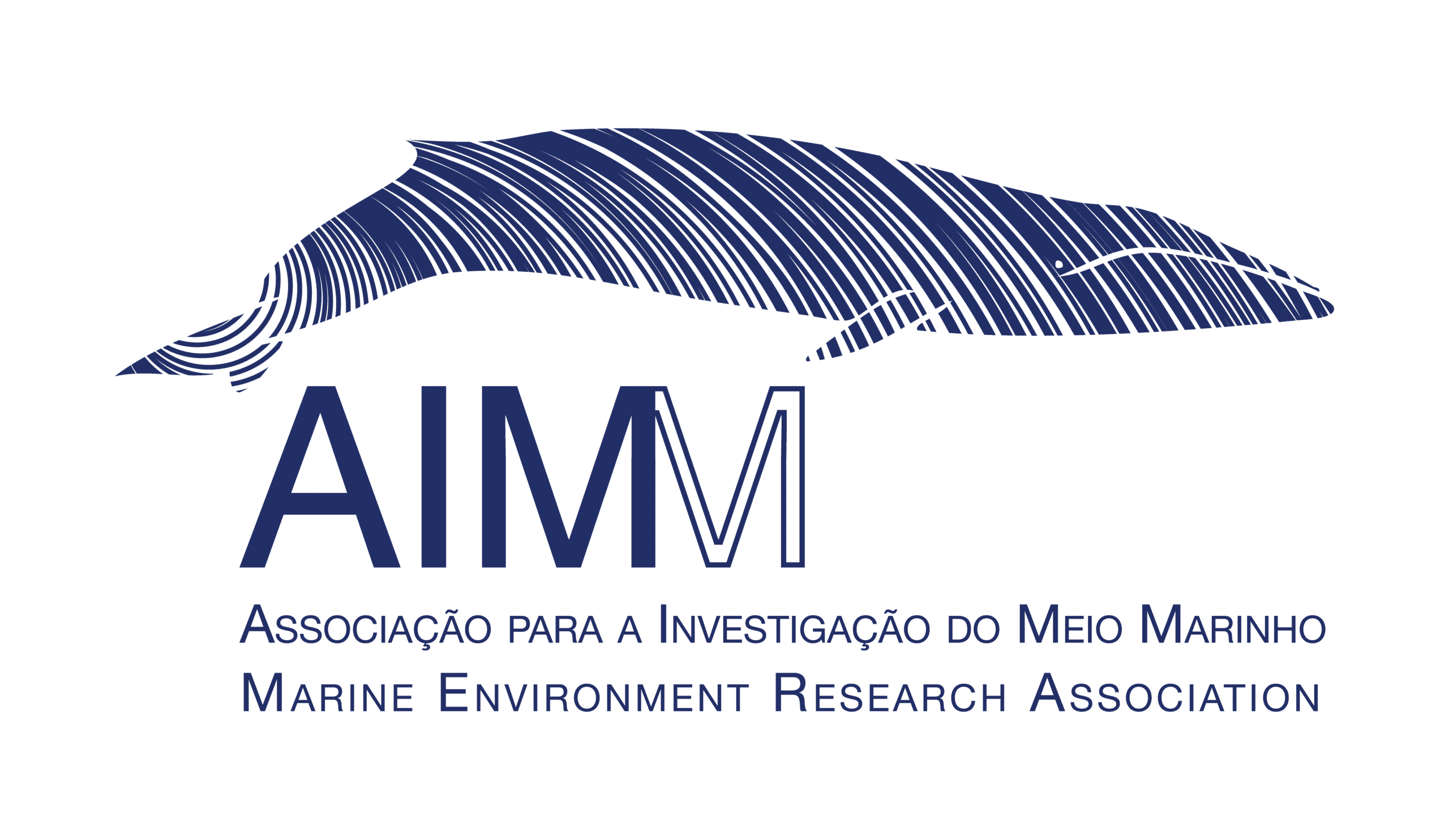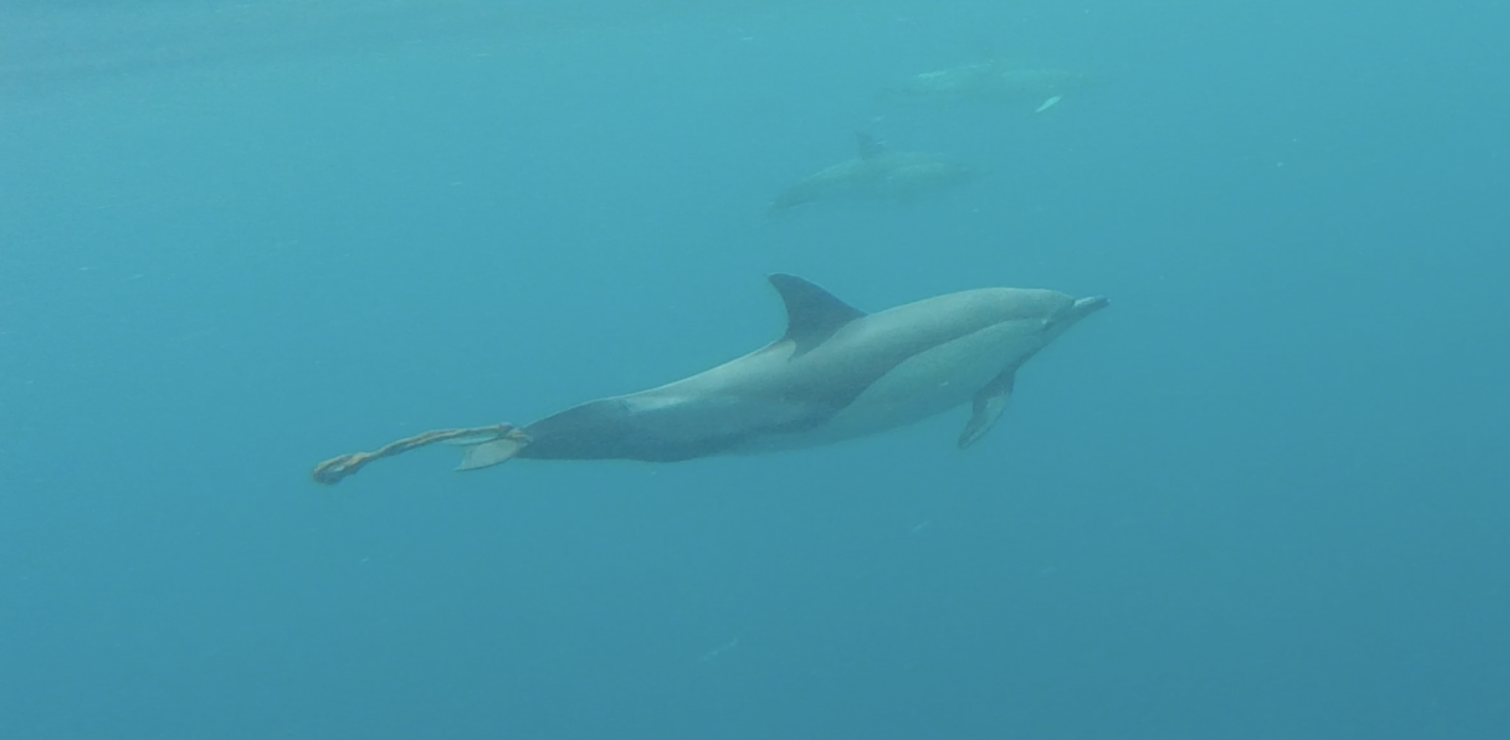
Last year we sighted a common dolphin with a man-made rope looped around the peduncle.
6 months later we encountered an animal with the same type of rope looped in the same way.
After comparing pictures of the animal’s dorsal fin, our researchers concluded that the individual they spotted both times, is the same one.
So, the unexpected news is that the dolphin is still alive! Unfortunately the rope is still tied around its peduncle.


- What happened?
Our theory is that the dolphin was a victim of bycatch.
Bycatch happens when animals that are not targeted by the fishery are accidentally captured in ropes, nets or other types of fishing gear.
Bycatch is especially dangerous for air-breathing animals, including marine mammals, seabirds and sea turtles. In the worst case, they are unable to reach the surface and/or dragged behind a boat where many die from asphyxiation. Or If the animal survives, often it is thrown back, but it can carry the consequences of this incident, like in our case.
![]()
![]()
![]()
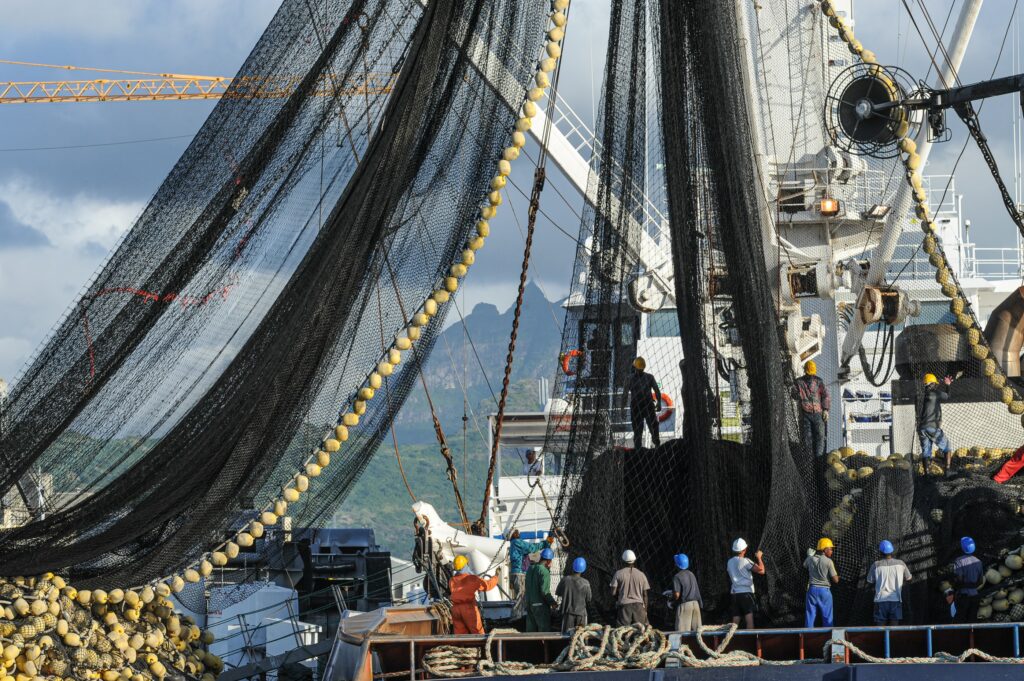
- What are the consequences?
During at least 6 long months, this dolphin had to live with this rope which may have caused superficial injuries, disruption in feeding and decreased its swimming ability. It can also have been a burden to follow the rest of its group as it needs to spend more energy to swim at the same speed and therefore may be slower than the others. This can cause group abandonment. So far, the good news is that the dolphin was not alone, it was with 4 other individuals.
Long-term injuries from a tight rope or from accumulated debris stuck in the rope can cause fatal injuries. In our case, the rope might restrict blood circulation through the fluke which can result in its loss. Luckily, so far we have not observed any signs for that.
The trauma of this situation can also affect reproduction, which can lead to population level consequences. Indeed, bycatch is considered to be one of the biggest threats to the cetaceans around the world. Therefore, it is a major challenge regarding their conservation.
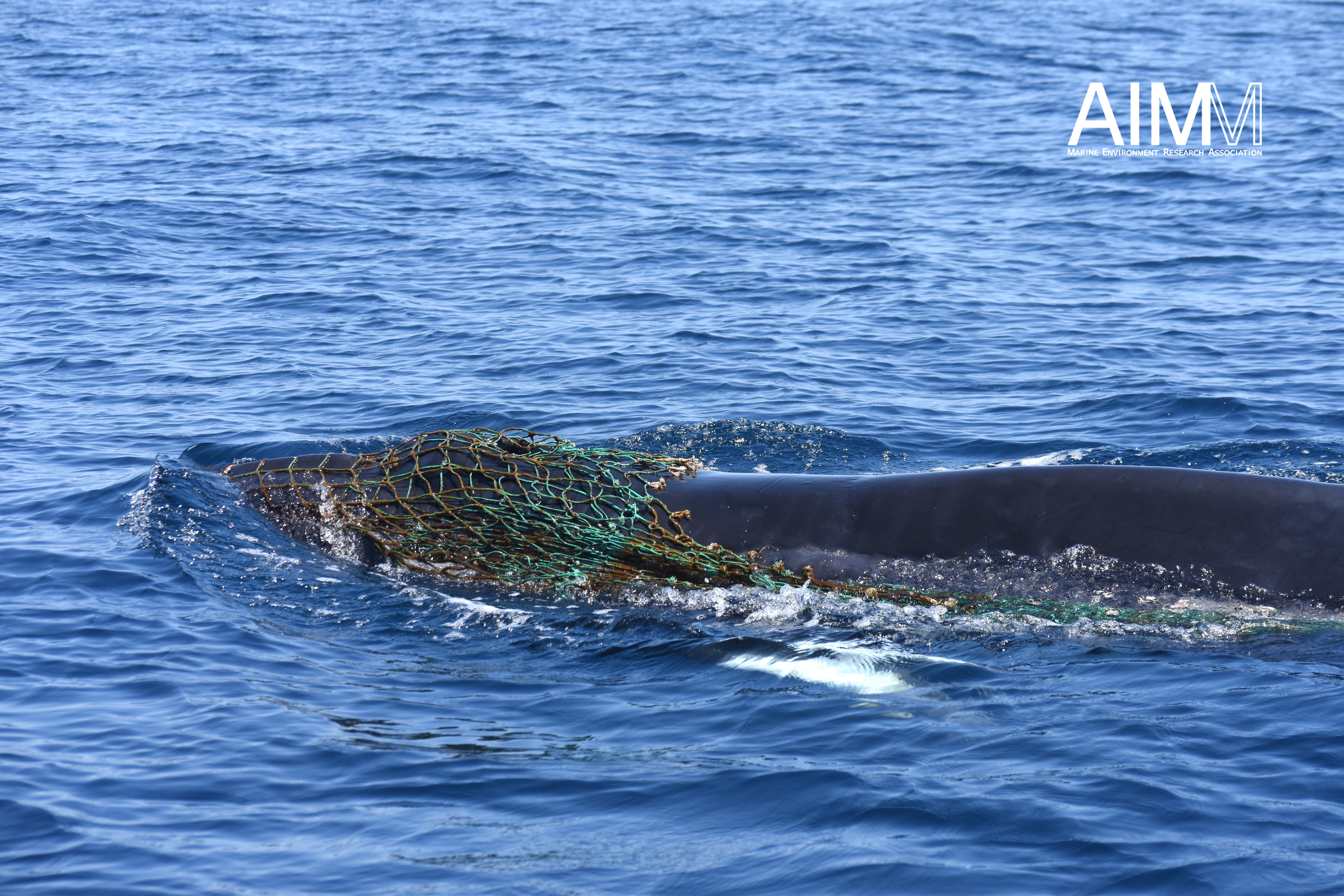
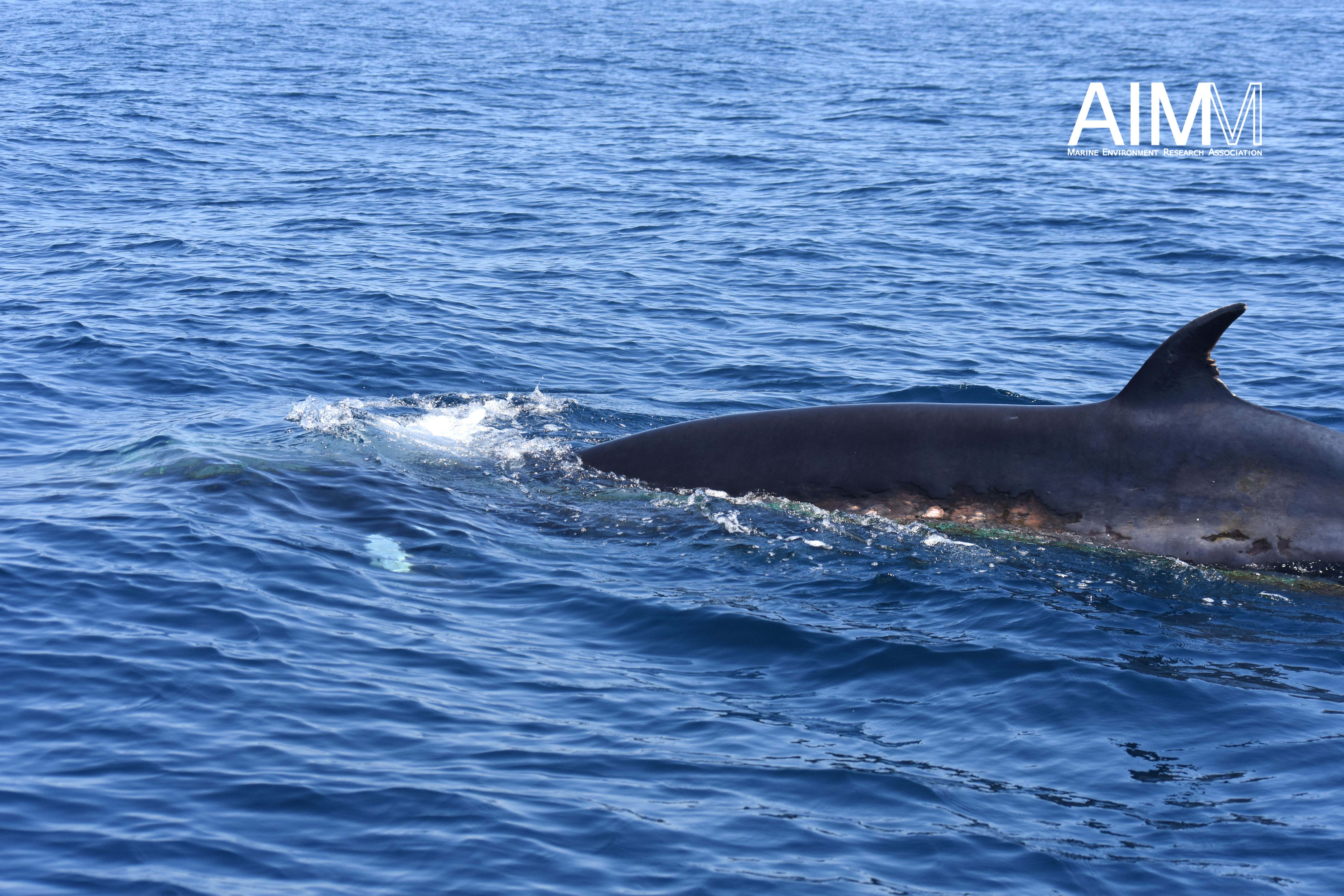
- Do solutions exist to prevent these incidents?
The importance of data collection
It is necessary to collect data (numbers, species, size, GPS coordinates, quantity of bycatch discarded…) on cetaceans and other marine animals trapped in fishing nets, to be aware of, understand and manage what’s happening at sea.
These data will be used to determine the impact of fisheries on populations of non-target marine species. It will also help to improve fishing methods to reduce bycatch, and identify areas with high levels of bycatch.
Invest in intelligent fishing practices
One intelligent fishing method has been out for several years: an audio device that helps to reduce bycatch. The aim is to equip more fishing vessels with this tool.
This device, usually placed on fishing nets, emits an audio probe to discourage marine mammals from approaching the boat.
However, the device is not 100% effective, and feedback has shown that some marine mammals become familiar with the sound and start to ignore it.
- What can you do if you find yourself in this situation?
Your first instinct would be to rescue the animal on your own, but this can be a lot more complicated than it sounds… It can put you in danger if you’re not properly trained because cetaceans are large wild animals whose behaviour can be unpredictable, especially in this situation, and it can also put the animal in distress.
Here’s our recommendation:
- First, contact the local coastguard (here are the contacts for the Portuguese coastguard) to inform them about the situation, providing the data you could collect;
- Record GPS coordinates if possible;
- Take a photo or video of the marine animal, to identify its species and to help coastguard and professional entities on their intervention.
